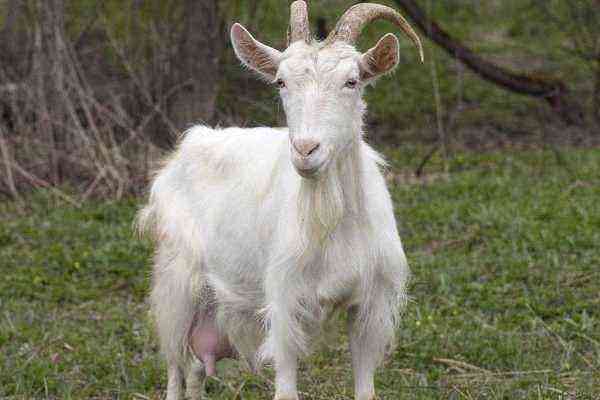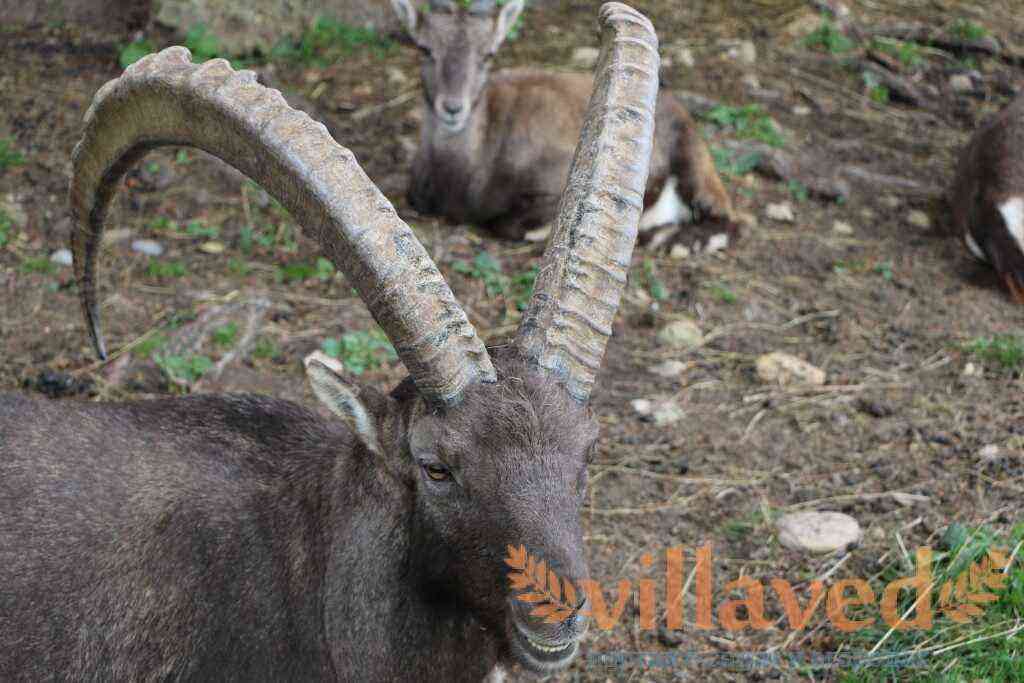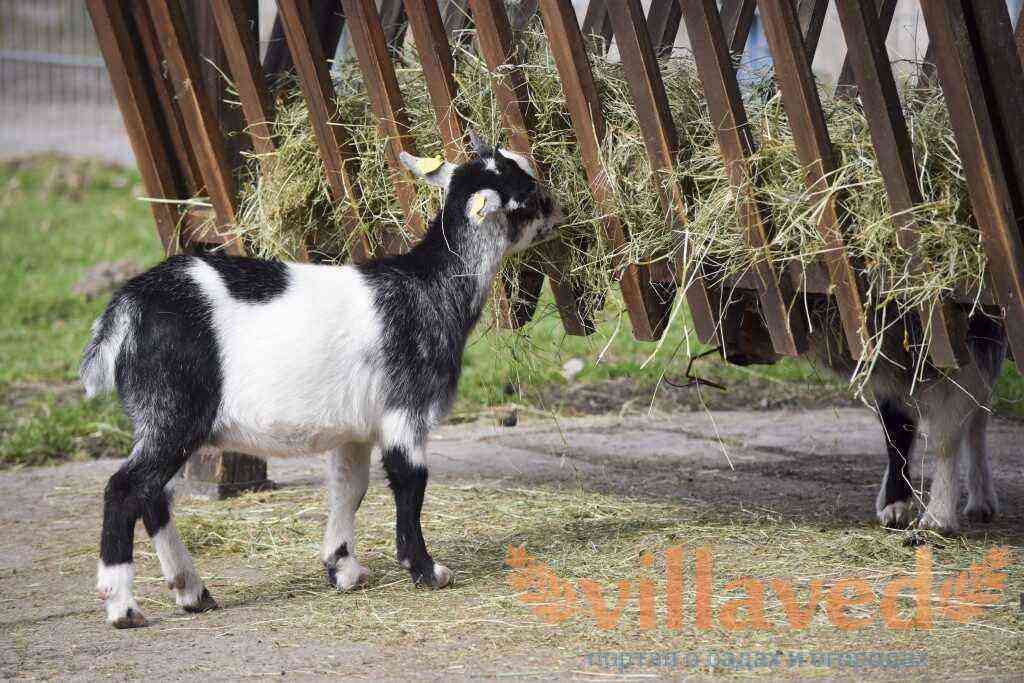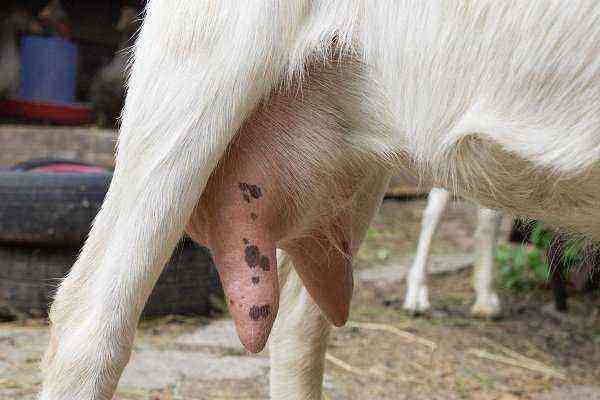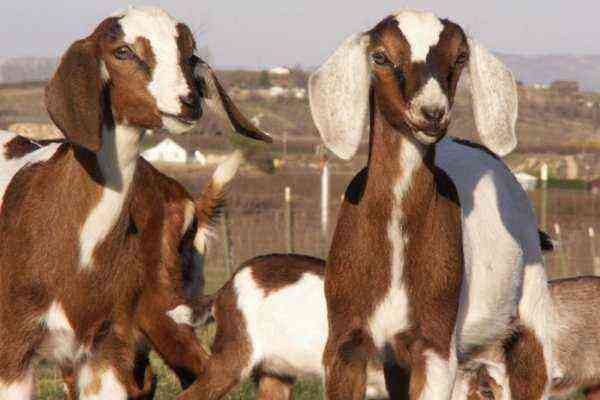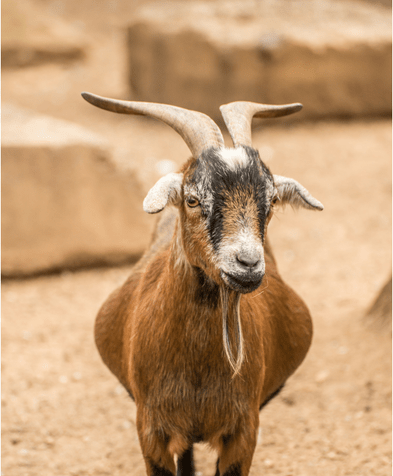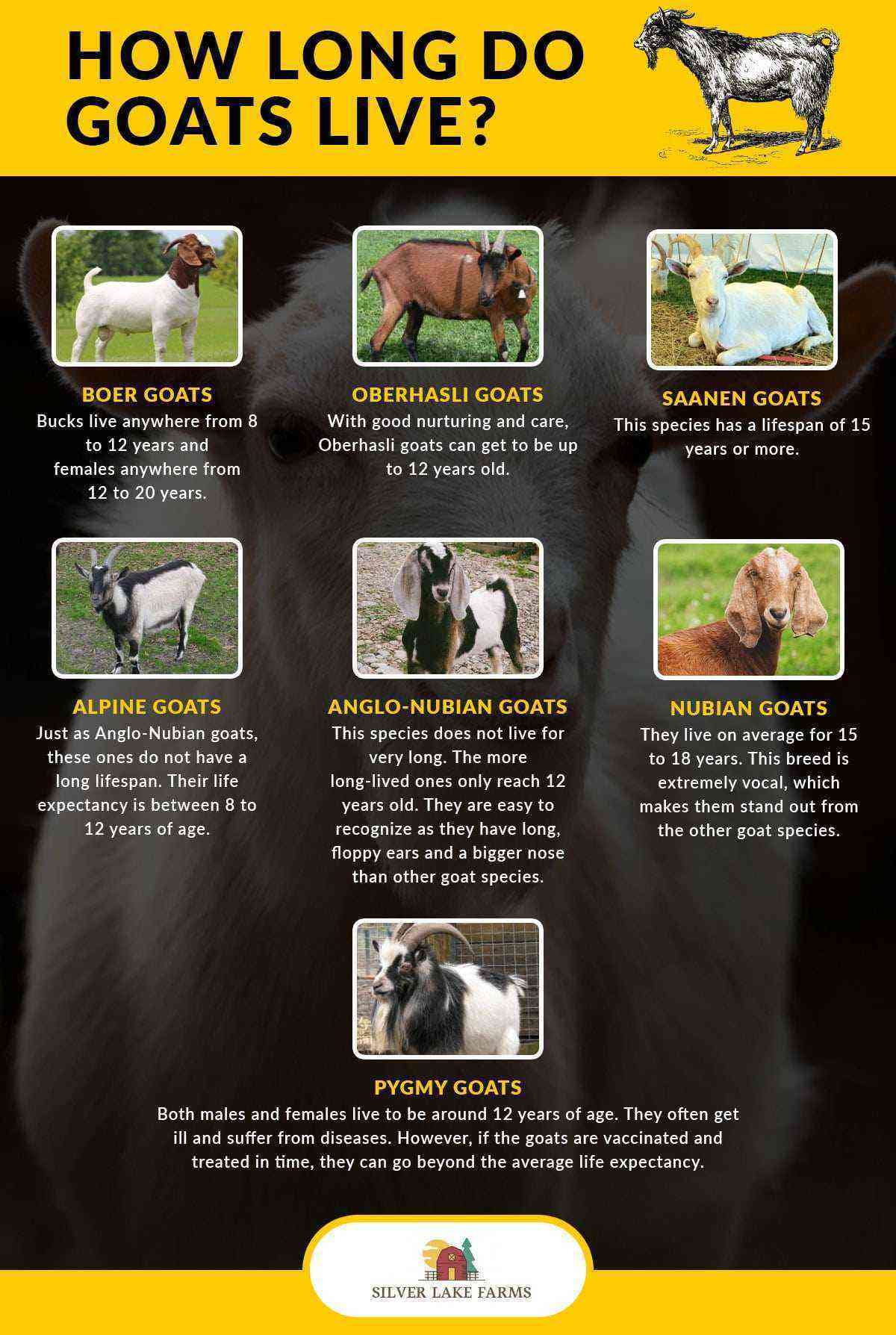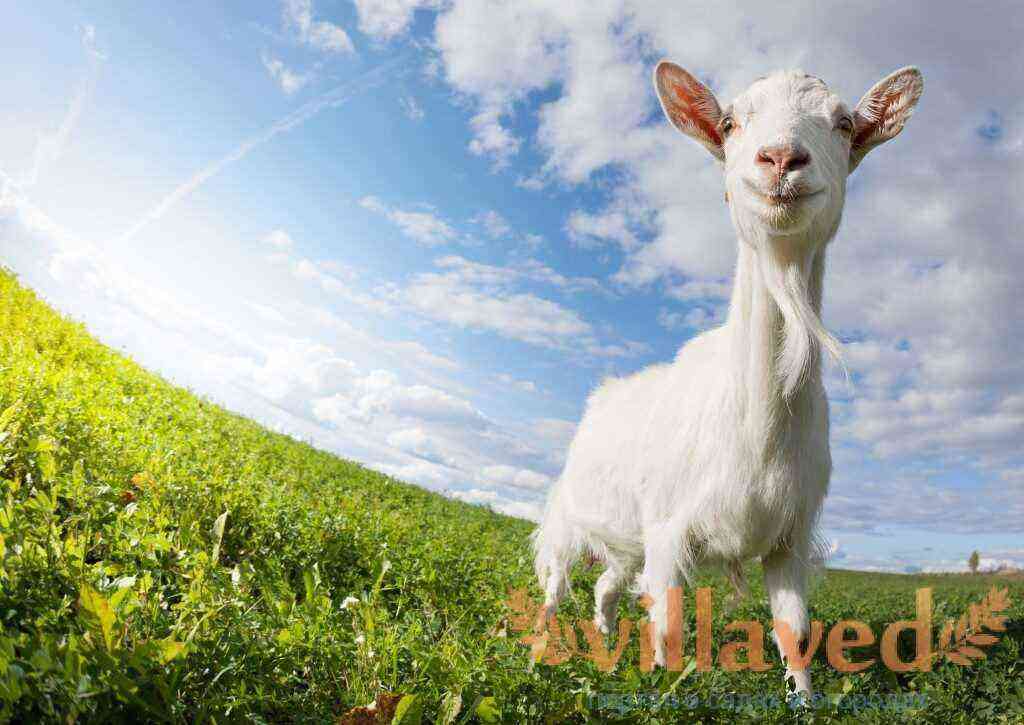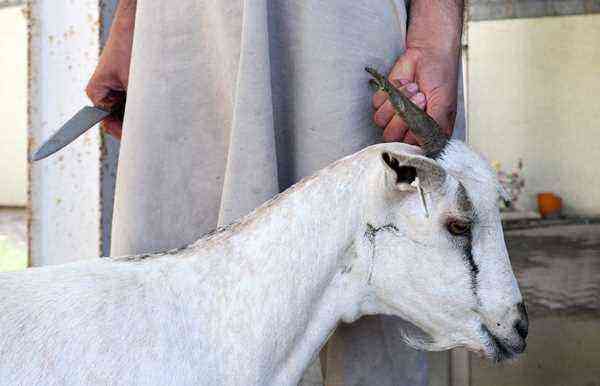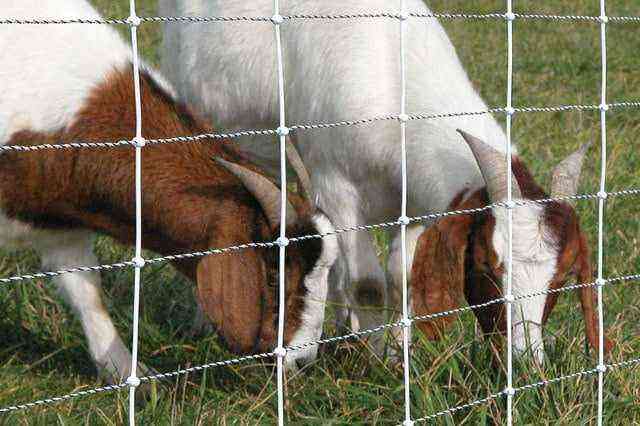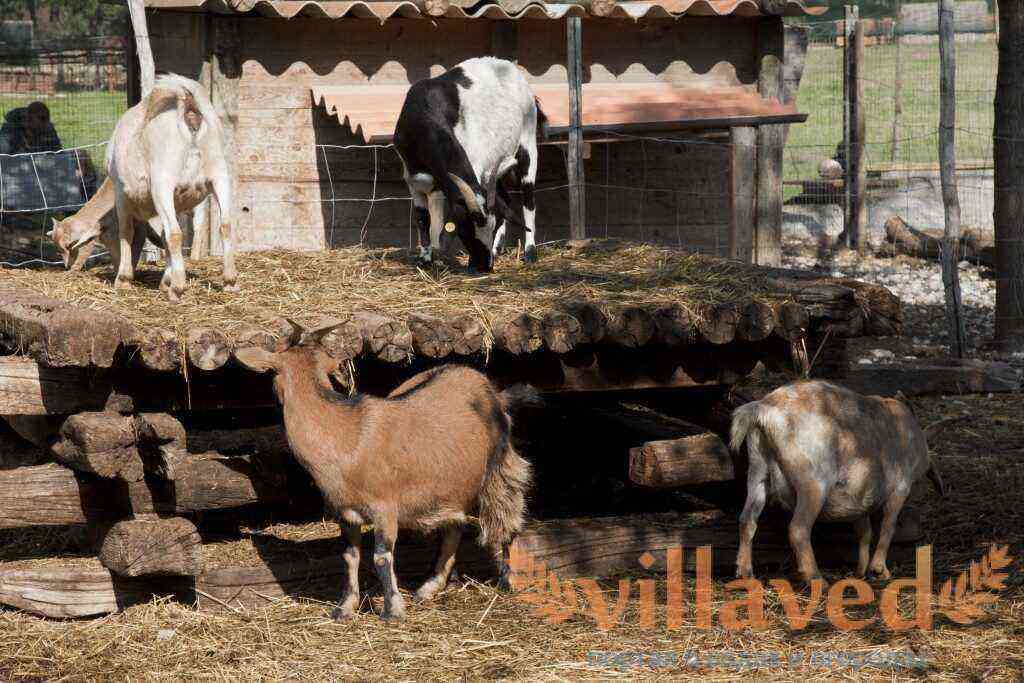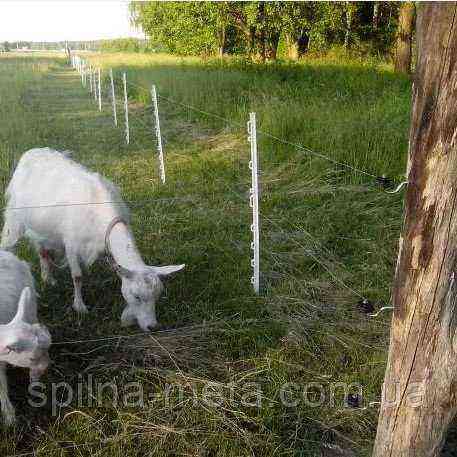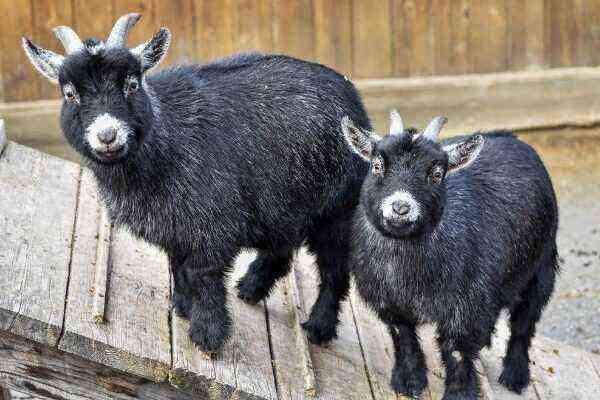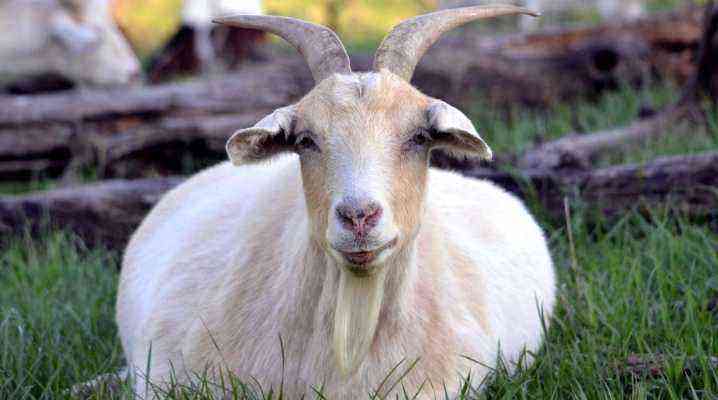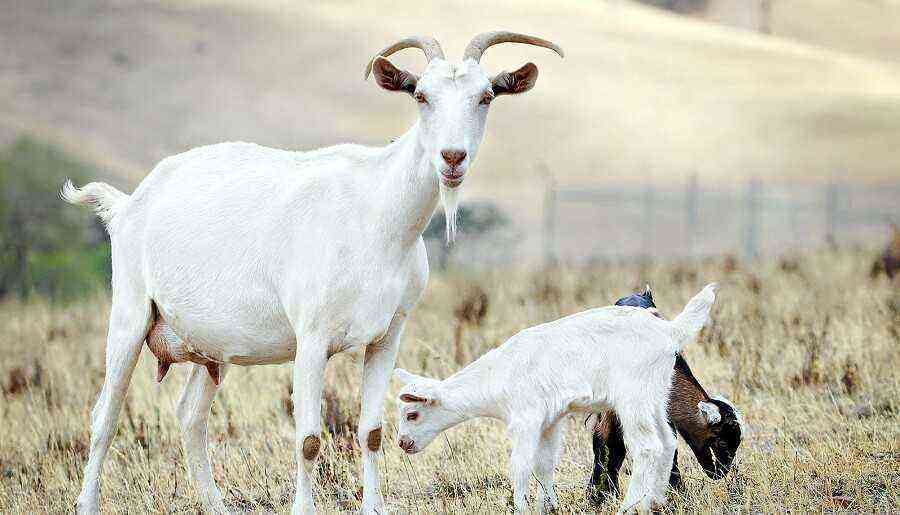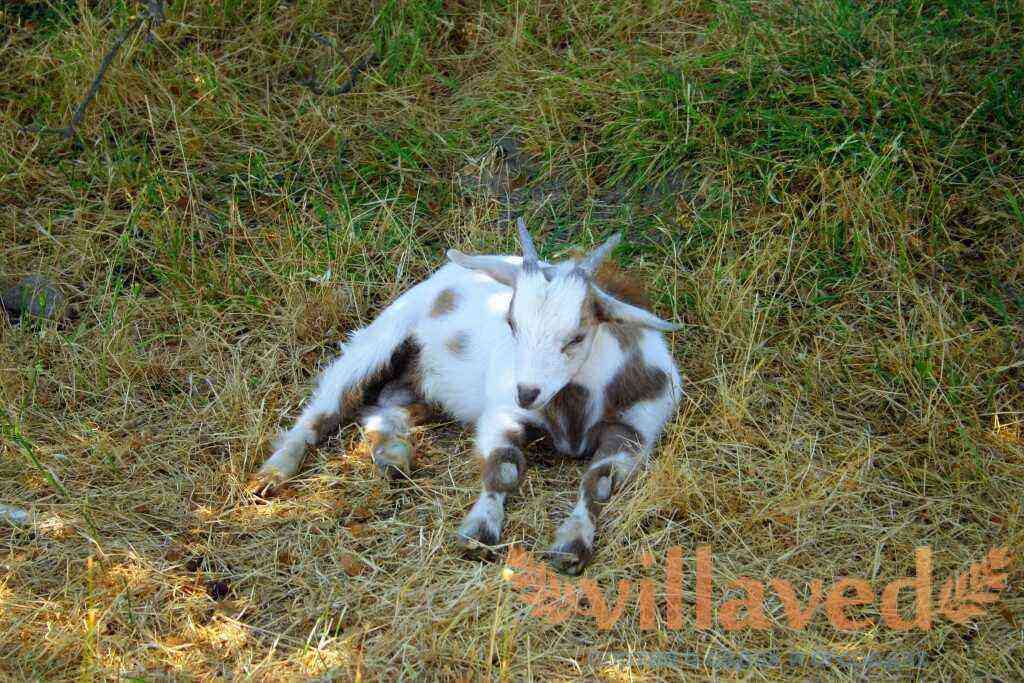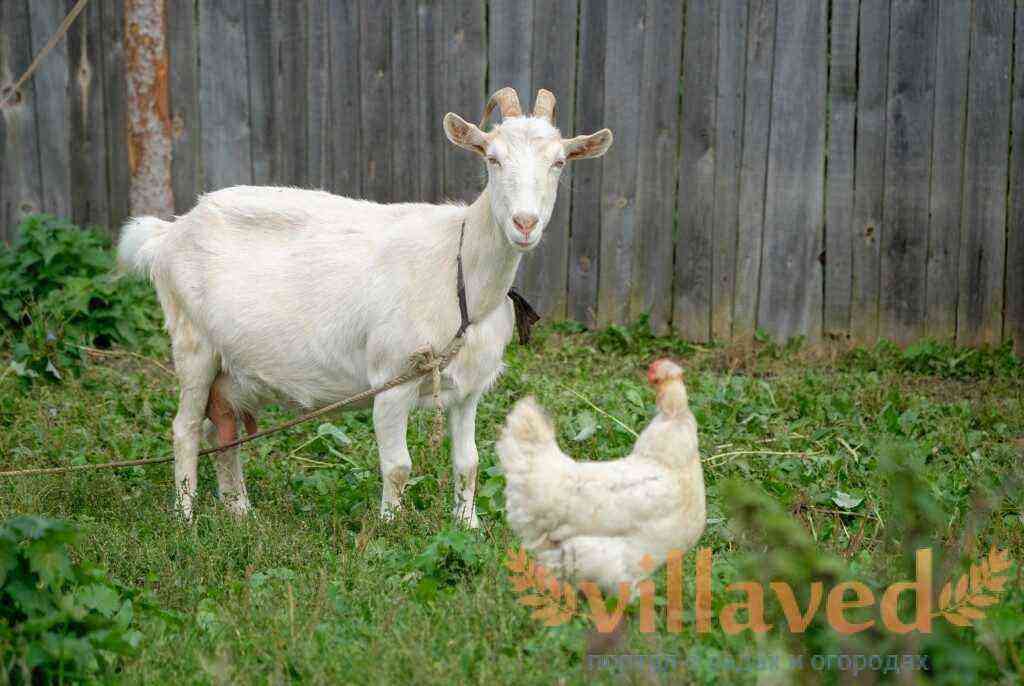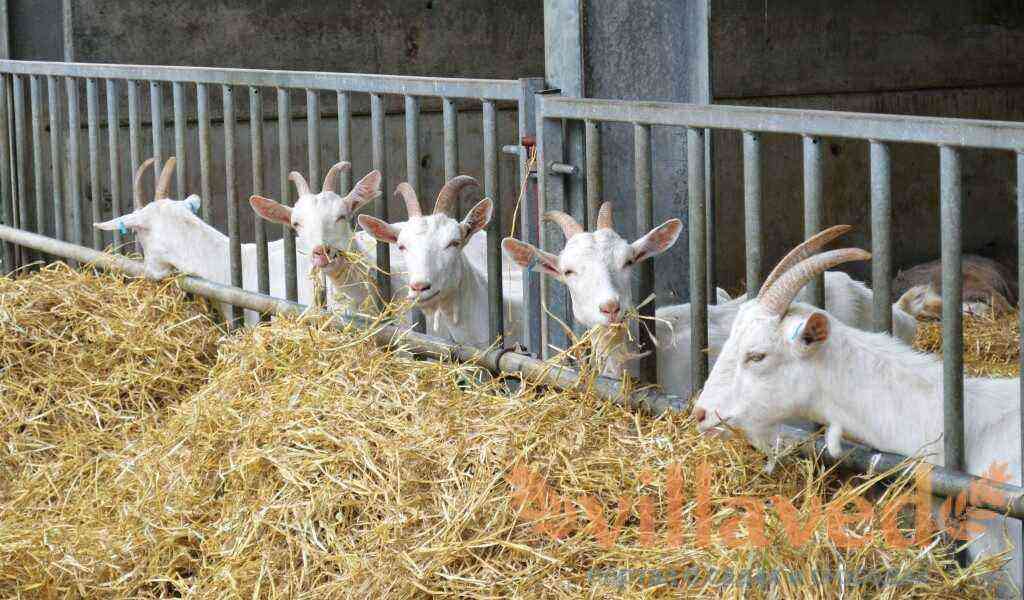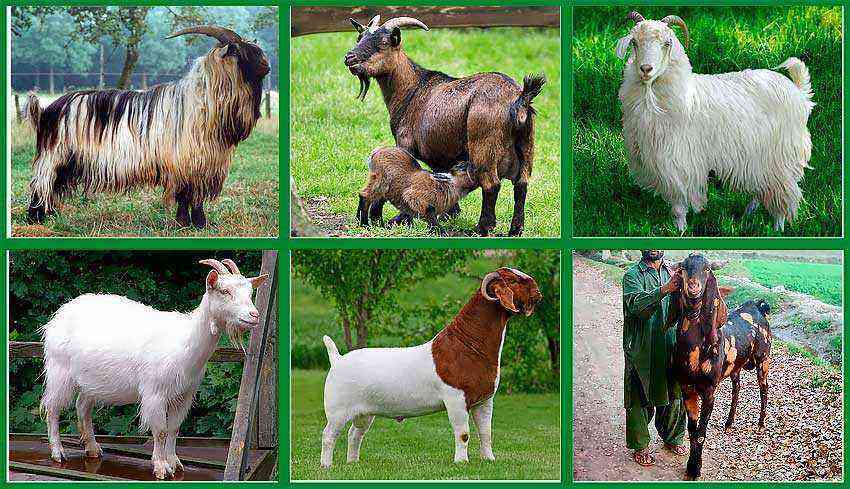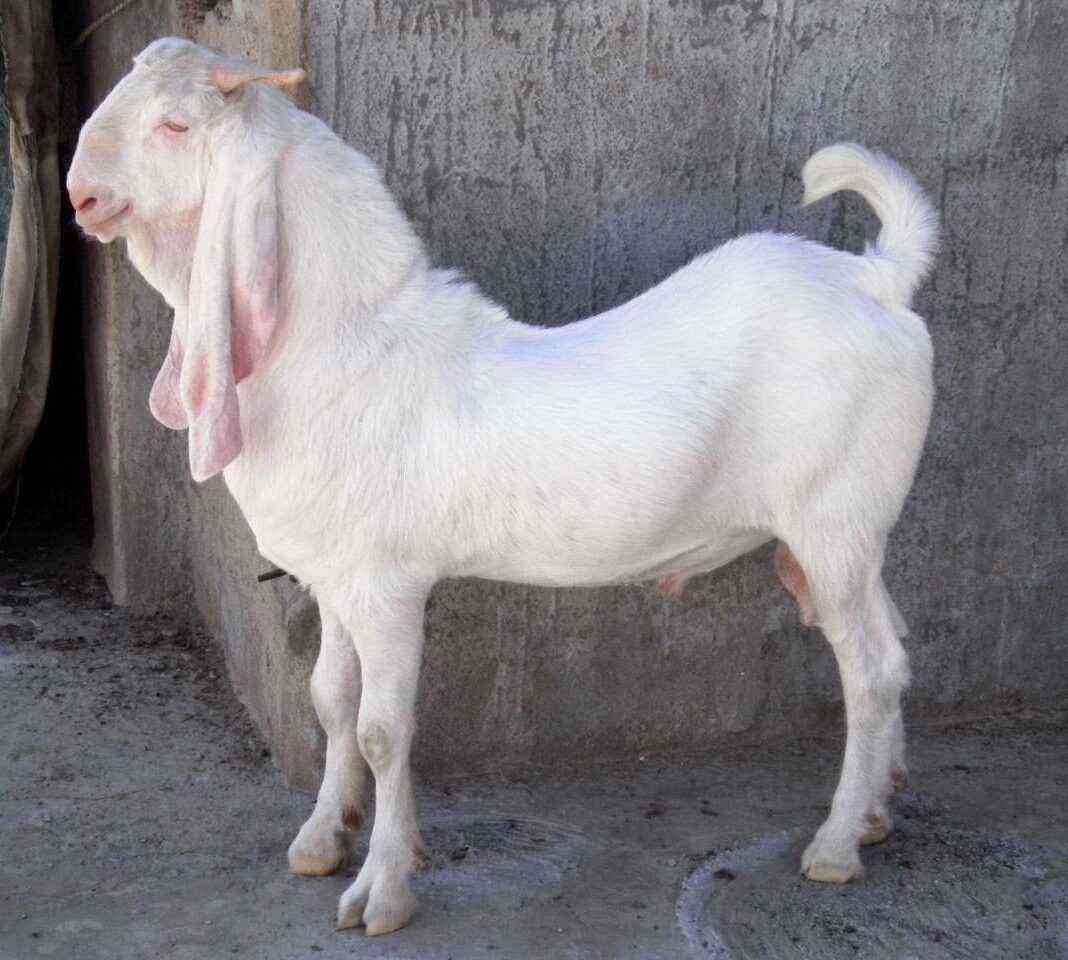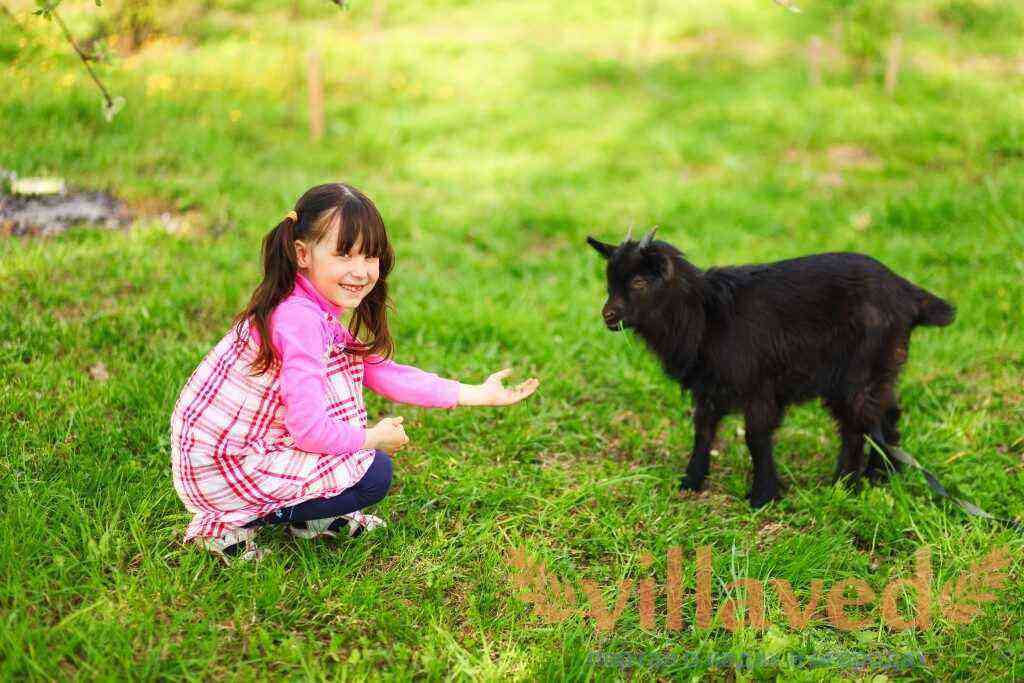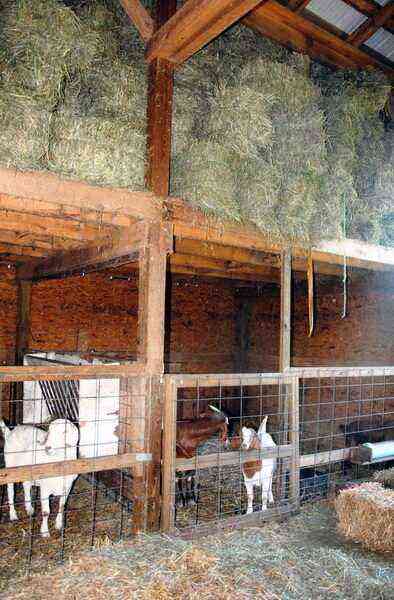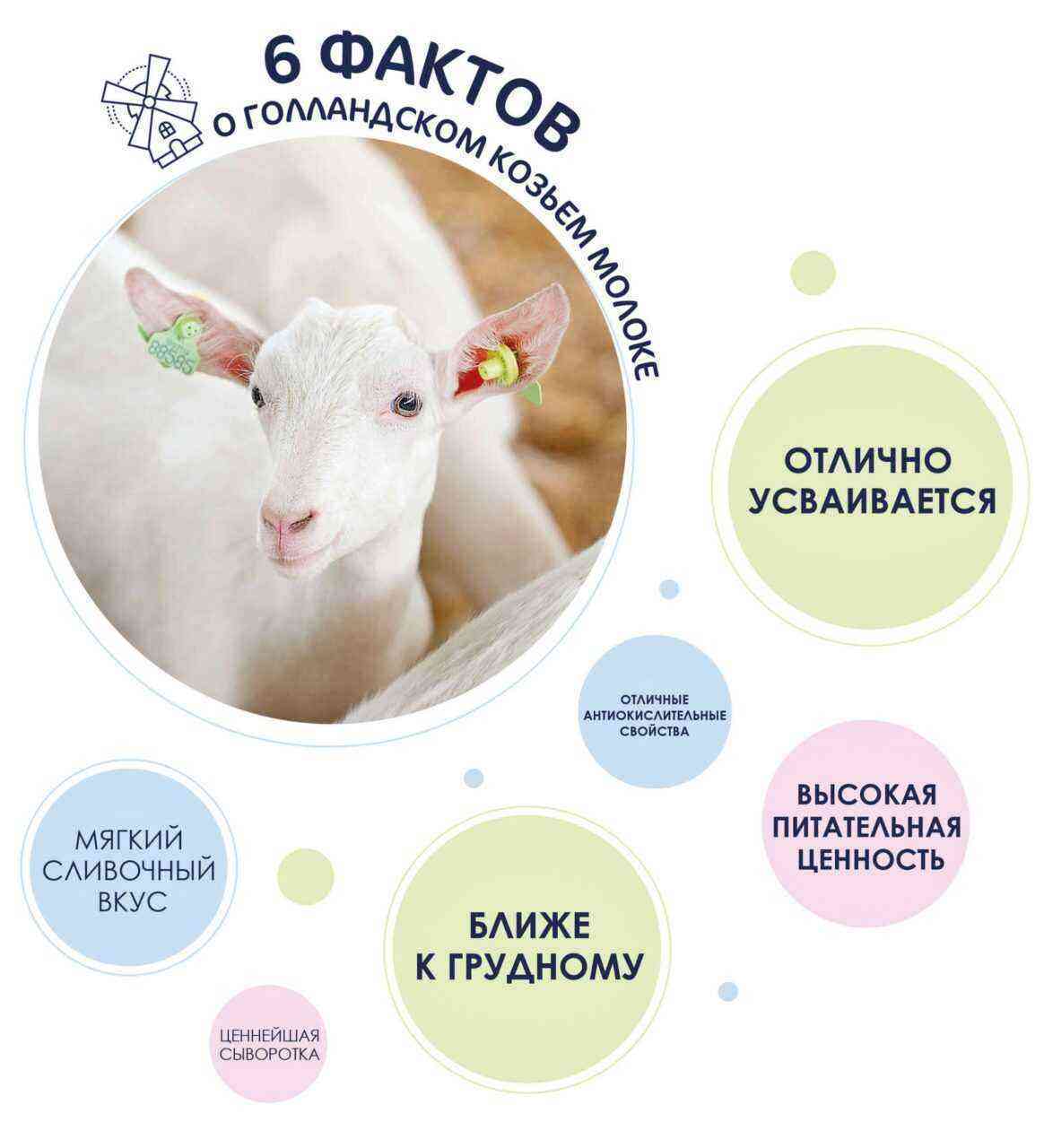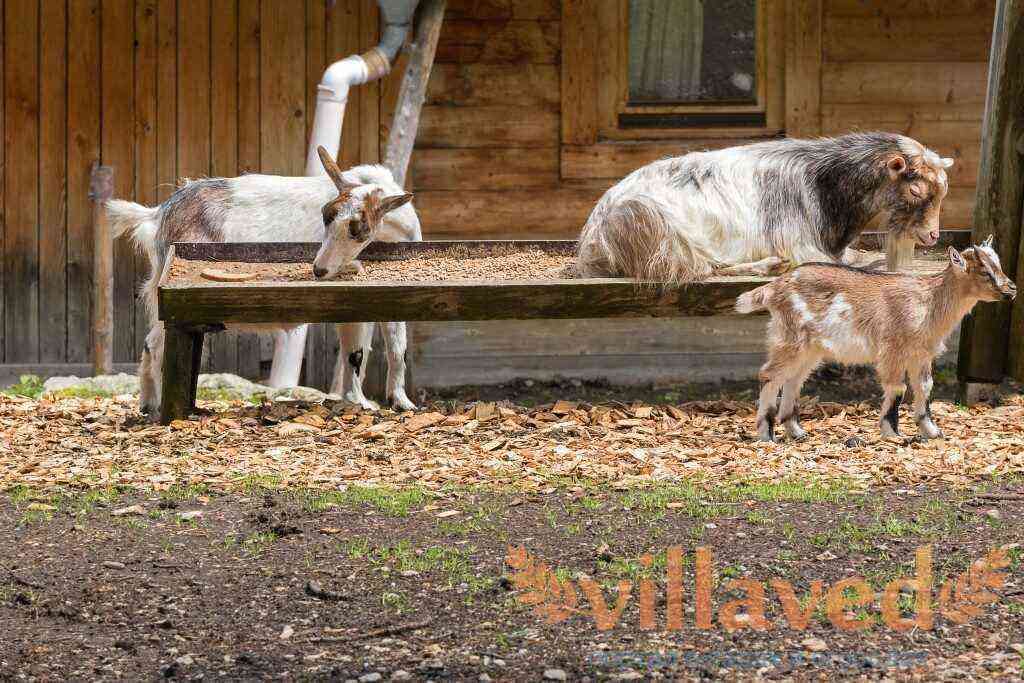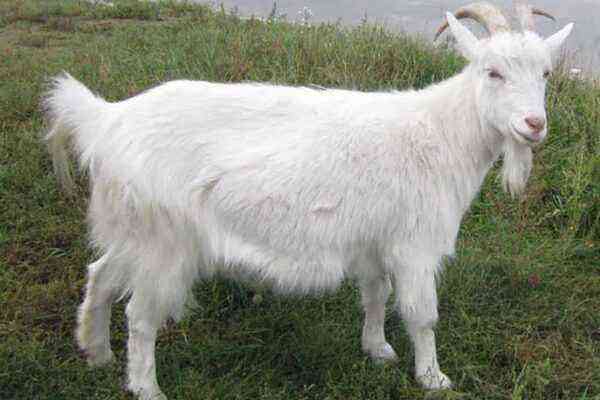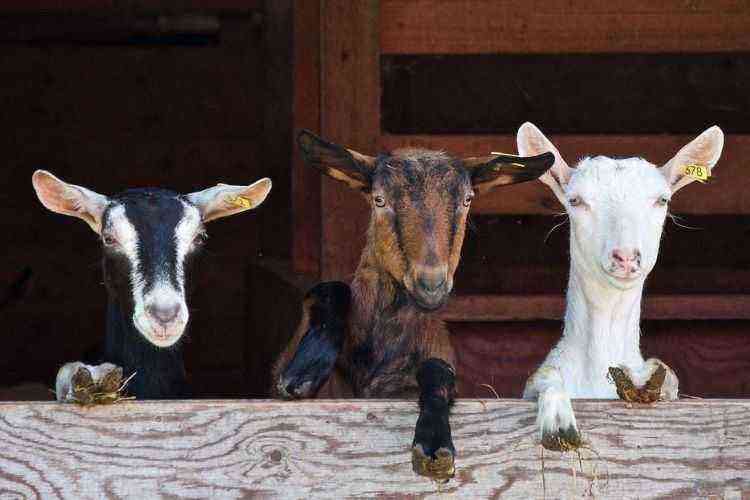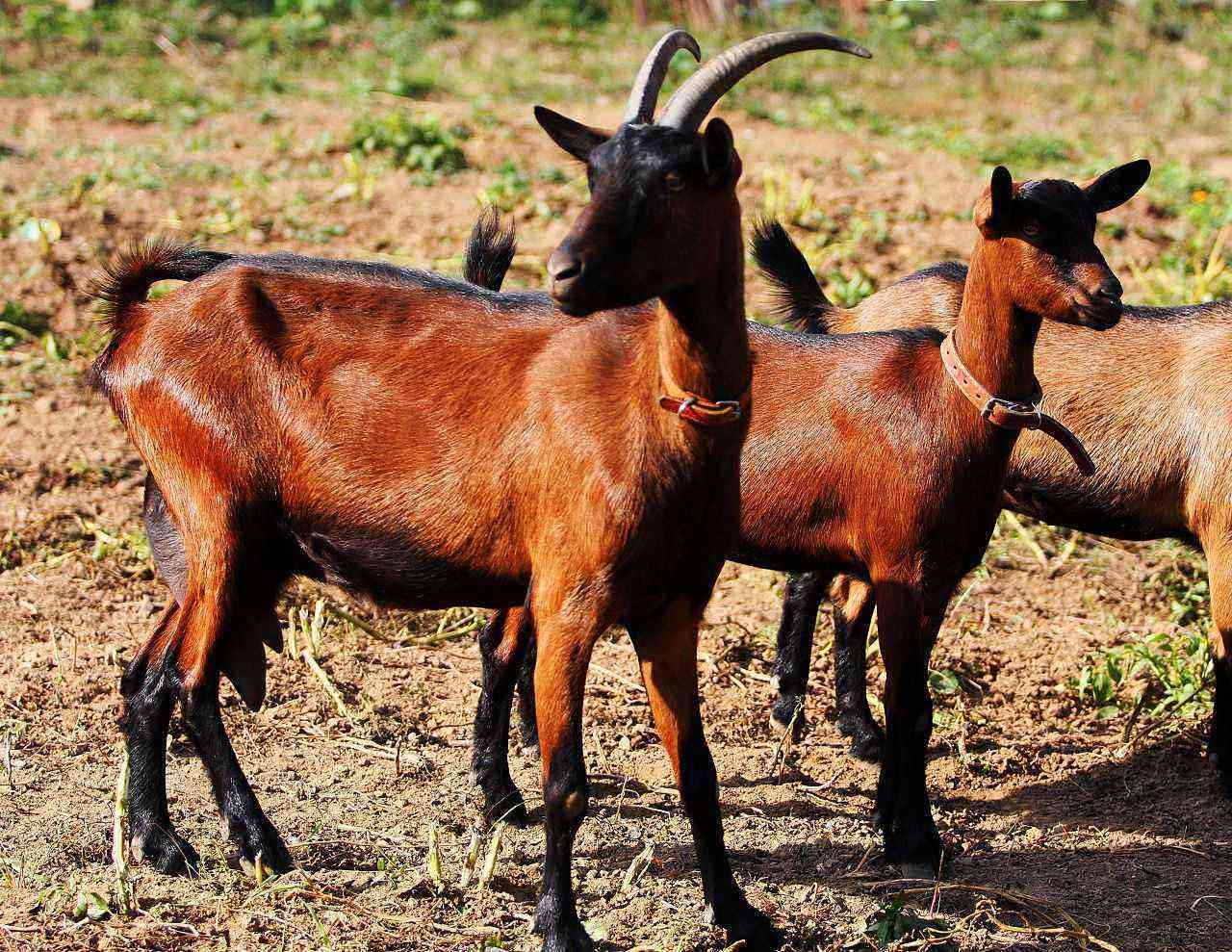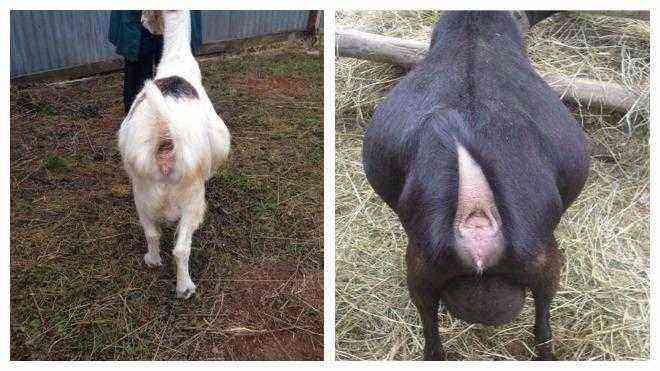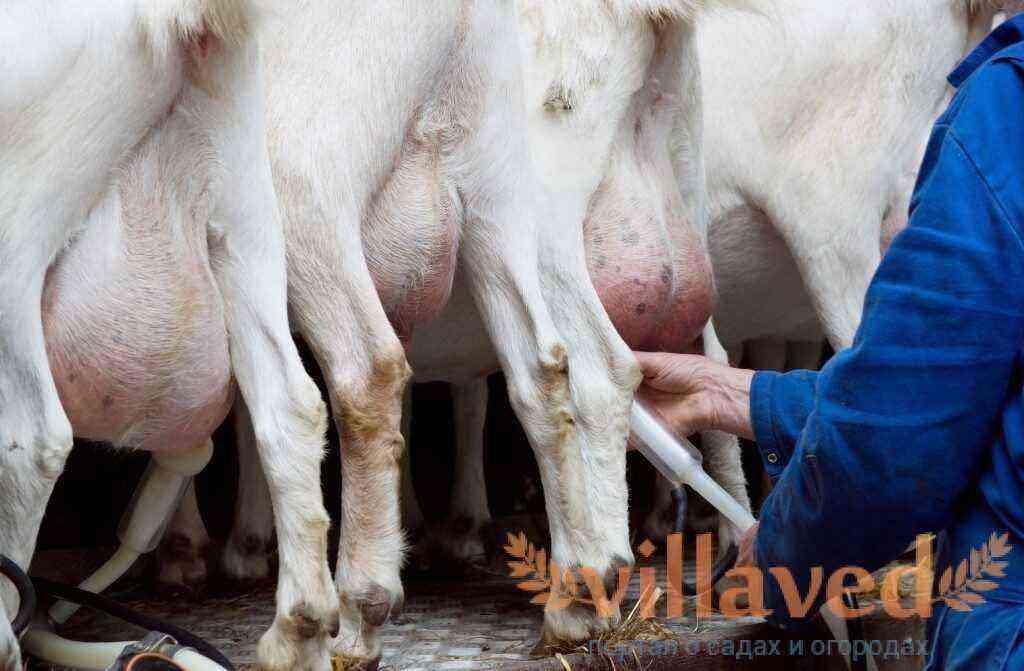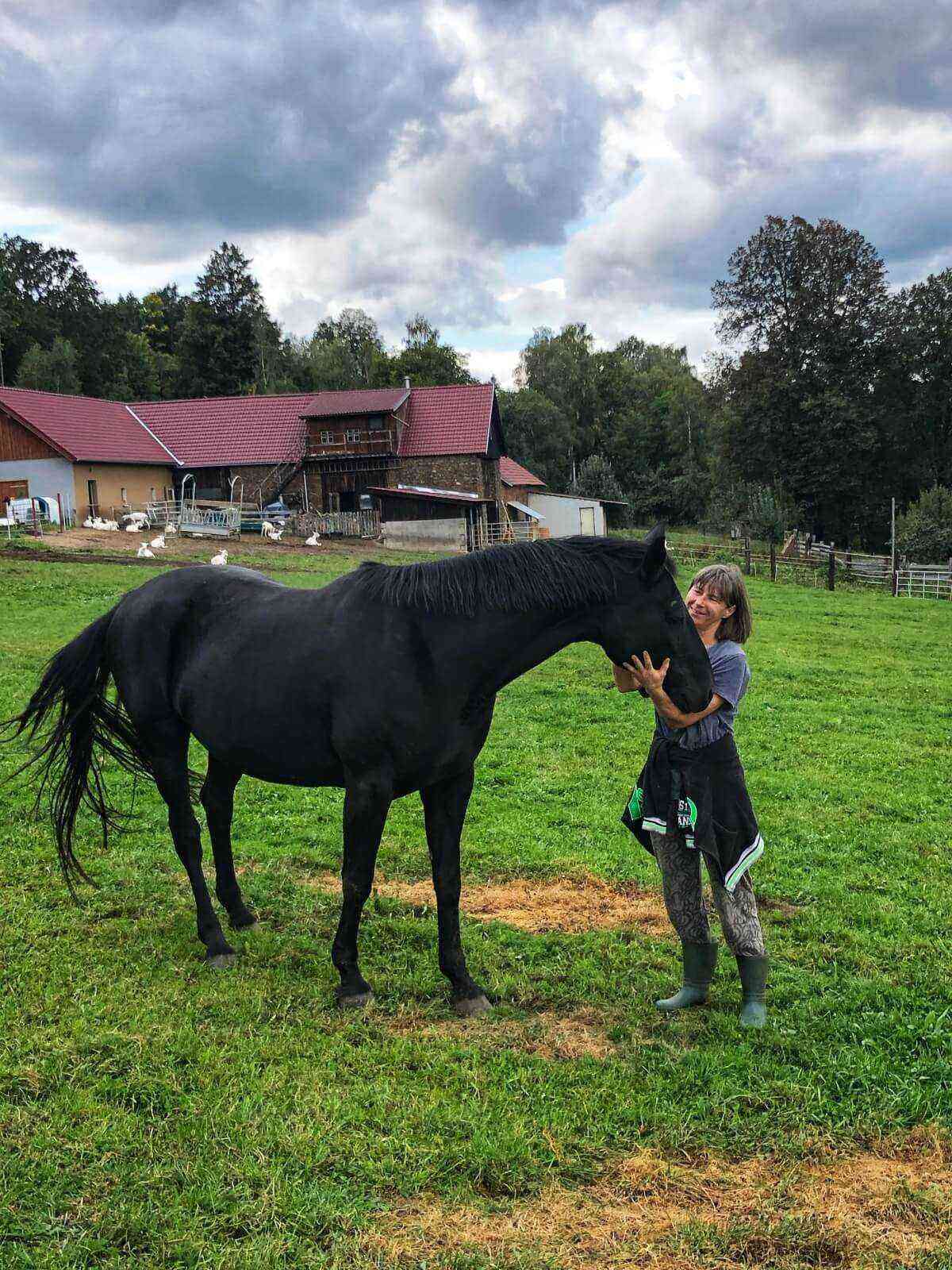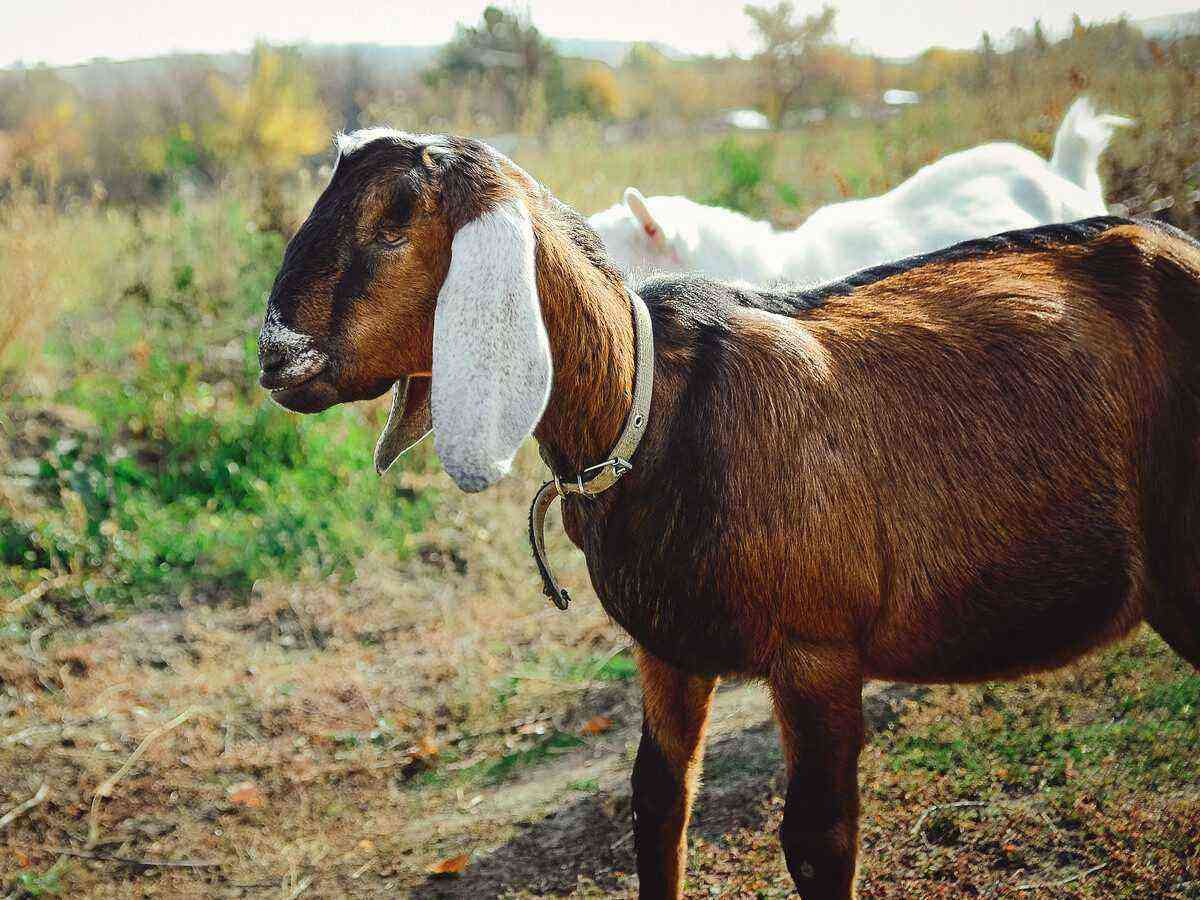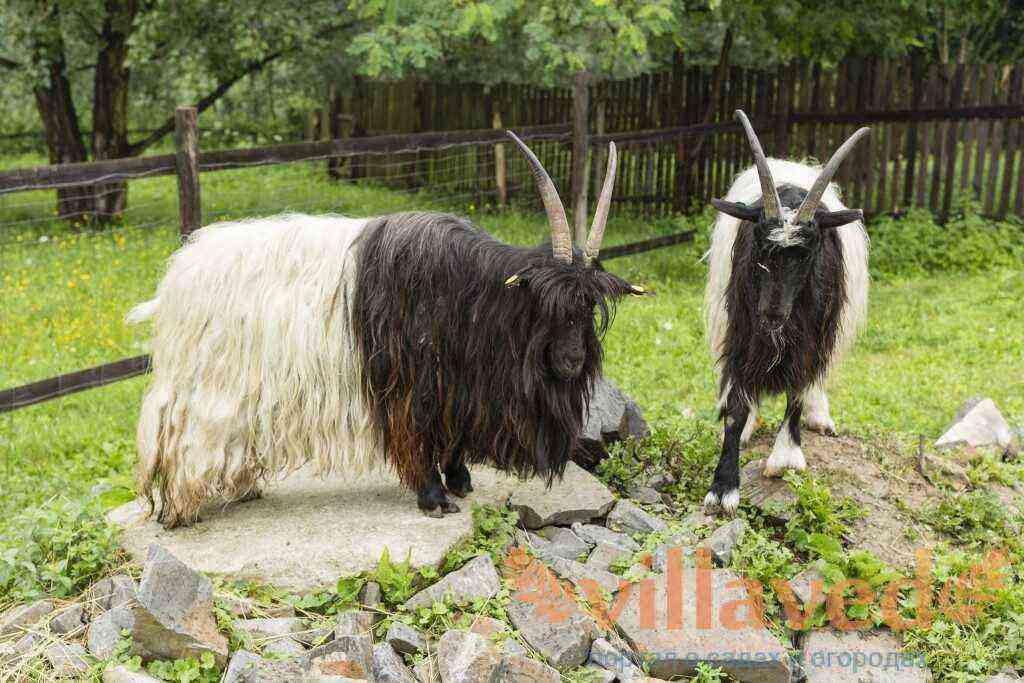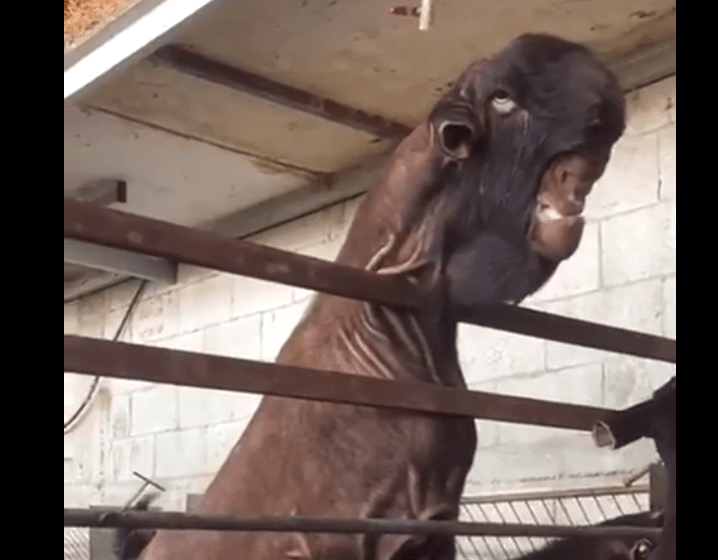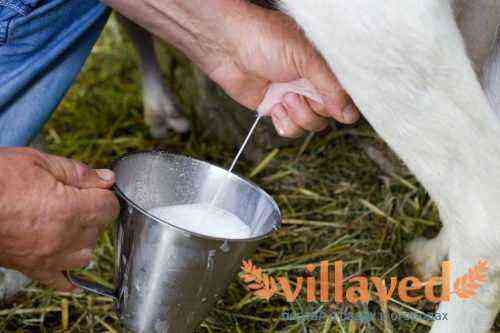Among the representatives of herbivores, the mountain goat is rightfully among the most graceful and dexterous animals. Living high in the mountains, these artiodactyls deftly climb sheer cliffs, while still managing to get their own food. And outwardly, mountain goats are beautiful animals.
farmer-online.com
Mountain goats
A stately, strong physique, thick fur and, of course, luxurious horns – it is not surprising that some of the species of mountain goats have found a place for themselves in heraldry (where the goat’s head symbolizes fertility or spring) and even as original talismans. Domesticated goats, so familiar to the layman, are distant relatives of these free beauties.
The content of the article:
General information
Mountain goats are ruminant mammals. There are eight wild varieties, which are divided into three classes: capricorns (from which the name of the zodiac sign comes from), goats and tours. As the name implies, their habitat is mountains. These animals are adapted to living in such conditions, due to the characteristics of their body and constitution. Their closest wild relatives are gorals, although even outwardly these animals have many differences. Habitats – the mountains of the Pyrenees, Pamir, Altai, the Caucasus and Tibet.
Among the dangers that threaten mountain goats, the following should be noted:
- predators – wolves, leopards, eagles;
- avalanches;
- human factor.
The first two points do not cause tangible damage to the animal population, due to the survivability of the offspring. Whereas poaching is a rather serious problem. Some species of mountain goats are on the verge of extinction, primarily because of their beautiful horns, which are in demand among antique dealers and bone carvers. For this reason, these animals (or rather, most of the species) are listed in the Red Book.
Appearance
The size of the goats is medium, they cannot be attributed to very large animals. The average weight of females is 45-50 kg. In males – 150-160 kg. The height and length of the latter are also impressive – about a meter in height and one and a half meters in length. The females are much smaller.
In addition to the actual dimensions, males differ in much larger horns, the length of which can reach a meter, against 30 cm in females. This moment leads to the fact that the head of the males is somewhat larger. With age, the goat’s horns become more and more curved. By this factor, you can determine the approximate age of the individual. Inside the horns are hollow (hence the characteristic – hollow), and this never changes, except for severe injuries.
One of the most common questions about these animals is the following – “why don’t mountain goats fall off rocks?”. Even those who have seen these animals live can hardly believe what they saw. These fearless climbers do not break, and easily balance on almost sheer cliffs and even jump on them, while eating grass and licking salt so valuable to them (for which they climb these slopes in the first place). Such dexterity is not least achieved due to narrow hooves with a hard hoof horn. This moment is the answer to the question why mountain goats do not usually fall off the rocks.
Life
The diet of mountain goats consists primarily of vegetation. Grass, shrubs, tree bark – everything goes to the food of these animals. If there are nutritional problems, they can start eating even dry or poisonous grass without much harm to their hardy stomachs. An important element in the diet of mountain goats is salt, which they get from salt marshes. It is for this that they need their incredible dexterity and grace, which save them from falling. Also, thanks to these qualities, mountain goats easily move on the most sheer ledges, where there is just the most salt. They are awake during the day, but prefer to graze early in the morning or late in the evening, resting the rest of the time.
In summer, these animals most often climb mountains to a height of about 4 km and feel great in such unfriendly conditions. In winter, however, they are forced to descend lower to escape the incredibly ferocious frosts and winds raging at high altitudes.
In terms of reproduction, mountain goats have their own characteristics. These are polygamous animals that lead a herd lifestyle. At the same time, herds, most of the time, are divided by gender, uniting only during the mating season. That is, males live in “bachelor” herds, and females cooperate in their own small “communes”. Whereas during the mating season between males there are fierce fights for the right to possess females. These battles are not so often fatal, rather reminiscent of a banal finding out who is better. Opponents collide with horns (why, they are, in fact, needed) and try to topple the enemy. When he is defeated, no one will finish him off. The winner forms a kind of harem and fertilizes all females.
The gestation period lasts about six months. In most cases, only one cub is born. Very rarely two. However, they very quickly get to their feet and become strong enough to follow their mother (most often this happens around June). Sexual maturity is reached in the second or third year of life. In the wild, mountain goats live for about 10 years, in captivity this period can increase to 15.
Varieties
The mountain goat species are most often classified according to the scheme already mentioned, in which they are divided into three classes and eight species. The main differences between the species are in the shape of the horns and, to a lesser extent, in size and small differences in body structure and coloration. Description of the habits for each species is redundant, since they are almost the same, varying slightly depending on the geographical location.
Capricorns
A very interesting class of mountain goats. Representatives of this class are very easy to distinguish by their characteristic curved horns, like scimitars. In cross section, they are a triangle. In general, outwardly, ibexes are very similar to tours, although there are differences between them. In terms of habitats, ibex species vary greatly and, geographically, cover a considerable territory.
Nubian
This type of ibex is considered the most beautiful among its relatives. At the same time, in terms of mass, he is inferior to them all.
Nubian ibex
The color of the coat is sand with tan marks of brown and black. The knees of the Nubian Ibex are white. The beard is very thick and eye-catching. These beauties live in Africa and on the territory of the Arabian Peninsula.
Ibex
An extremely rare representative of mountain goats that lives in the mountains of Piedmont and Savoy. The weight of an adult male reaches 100 kg. Females are much smaller – only 40 kg maximum. At the same time, a tenth of the total weight of males falls on their luxurious and long horns. The latter can weigh 10-15 kg, and reach a length of up to 1 m.
Mountain goat (Ibex) on Mount Montasio
The color of the fur in males and females also varies. In the former, it is dark brown, while the latter flaunt a reddish-golden hue. True, this difference is typical only for warm periods. In winter, both of them are covered with thick wool of a nondescript gray color.
Siberian
One of the few representatives of mountain goats in general and ibexes in particular, which, for the time being, is bypassed by the threat of extinction. Whether the reason for this is the harsh climate of its habitat, a relatively unprepossessing appearance, or natural vitality and intelligence – it’s hard to say. One way or another, but the Siberian ibexes are quite numerous, and, by the way, they live not only in Siberia and Altai, but also in Afghanistan and India.
Siberian ibex
When the homely appearance of the Siberian ibexes was mentioned, this in no way referred to their main advantage – the horns. The latter can exceed a meter in length, and at the same time they are always strongly bent back. The texture of the horns is not original, but the impressive size makes an impression.
Perinean
A distinctive feature of this species is the color of the coat. The neck and back are light beige, while the forehead and nose, belly and legs are dark pitch. The size of the Perinean ibexes, in comparison with their counterparts, is small. The maximum weight in adult males is about 80 kg. Their horns are also somewhat thinner and shorter than those of the other subspecies, but they are beautifully lyre-shaped. They live in the Iberian Islands and the highlands of Spain.
Tours
Living mainly in the Caucasus, tours are quite similar to ibexes, but they are large. Yes, and their horns, in general, diverge more strongly to the sides, although otherwise they are very similar to those of ibexes. All types of tours are on the verge of extinction and are listed in the Red Book.
Caucasian mountain tour
This species of mountain goats lives on the mountain ranges of the Caucasus. He has a short coat of red color, very massive horns, diverging in different directions and bent in the manner of sabers, almost like a goat. The peculiar patterns created by the ribbing of the horns only emphasize the beauty of the animal. An adult male can reach a mass of 100 kg, and a height of 1 m and 10 cm. Females are much less impressive in size, like in other species. Today, the West Caucasian ibex is represented by a population of approximately 10000 individuals worldwide.
East Caucasian (Dagestan) tour
This type of tour cannot be confused with any other. Even in the photo. And there is only one reason for this – the unique shape of the horns. First, they are bent almost in a spiral, like a ram’s. And secondly, the angle between the horns is almost 180 degrees (well, or 0, as you like). Simply put, they are directed in diametrically opposite directions. This feature allows them to be easily distinguished from other relatives of the East Caucasian aurochs.
Tour of Severtsov
It is very similar to its Western Caucasian counterpart. This is especially true of the shape and structure of the horns, which are almost identical. The differences are in the smaller size of the animal itself and its main weapon, as well as a different color. The coat of the Severtsov’s tour is light beige in color, and is very hard and thick.
Markhor goats
This variety of mountain goats is represented by only one species. However, this distinction was not made in vain. The fact is that markhor (another name for the markhor goat) has a unique shape of horns. He has them screwed in the manner of a corkscrew and stretched along the body. That is why this variety is called so – markhorn. The length of these “corkscrews” can reach one and a half meters. Exactly the same is the maximum growth of these animals.
Markhor goats
Another distinguishing feature of markhor is its woolen cover. It is inconspicuous in color: from light, almost white, to dark gray. However, the beard and chest of the animal are covered with long hair, about 30 cm long, while the back is covered with short hair.
Of course, in view of such a unique shape of the horns, there are many hunters for such a souvenir. And, unfortunately, these are hunters in the literal sense of the word. Therefore, the markhorn goat is listed as a protected species.
Conclusion
All people are familiar with domestic goats. Many in childhood even grazed them in the summer. And these people know what smart and calm animals they are. These traits are inherited from the wild counterpart. Yes, the mountain goat is a fairly calm creature.
However, few predators will dare to mess with an adult male mountain goat one on one. Huge horns are not only very beautiful, but can also be a formidable weapon that can reliably protect the animal. And the total mass allows you to strike a strong enough blow to a risky predator or keep the prudent at a distance. Even among the fearless eagles, most prefer to hunt only kids.
Therefore, the main enemy of these animals is a person who does not stop hunting for their valuable horns and skins (from which aesthetes like to make sheepskin coats or fur coats), often leaving the carcass on the mountain to be eaten by vultures.
These alpine animals do not deserve such treatment at all, and that is why they are listed in the Red Book. Well, so that the descendants know about the life of mountain goats, and know how this beast looks not through photographs, but through their own eyes.
